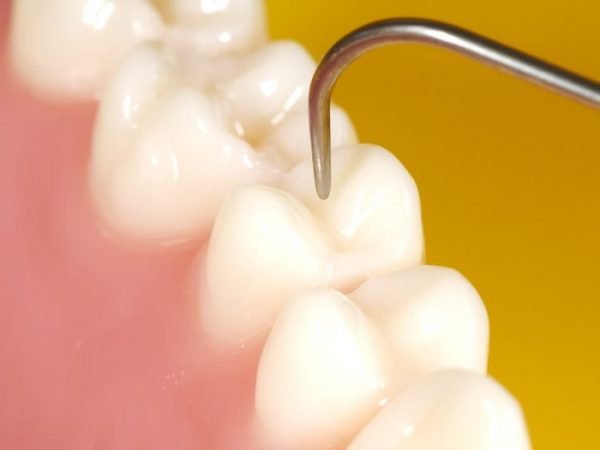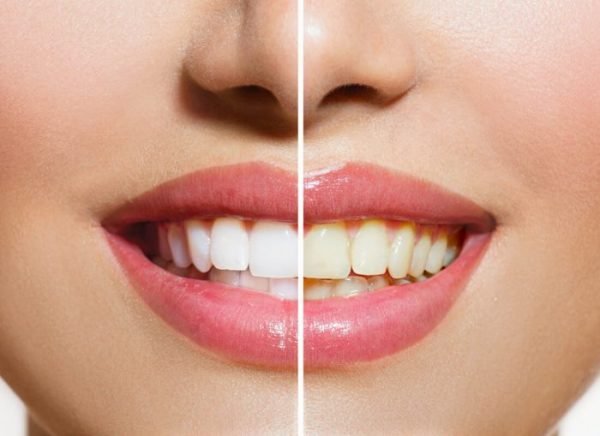ABOUT DENTAL BRIDGE
A dental bridge is a prosthesis which is used to replace a missing tooth or teeth. A dental bridge is similar to a crown, but consists of at least 2 or 3 teeth, while a crown covers a single tooth. The bridge is cemented over the top of the teeth either side of a gap, so that the pontic (the prosthetic tooth in the middle) is held in place.
Recommended for
- Closing the gap between teeth
TIME REQUIREMENTS
- Average length of stay abroad: 1 weeks.
The time needed depends on how quickly the laboratory technician can create the bridge.
- Number of trips abroad needed: 1.

COMPARE DENTAL BRIDGE PRICES AROUND THE WORLD
| Country | Cost |
|---|---|
| United Kingdom | 779€ |
| Ireland | 690€ |
| Mexico | 314€ |
| Costa Rica | 269€ |
| Thailand | 179€ |
| Hungary | 140€ |
| Poland | 100€ |
HOW TO FIND QUALITY TREATMENT ABROAD
BEFORE DENTAL BRIDGE ABROAD
In order to prepare for a dental bridge, the teeth either side of the gap are reduced in size so that the bridge can be placed over the top, like a cap.
HOW IS IT PERFORMED
At the first appointment, the teeth will be prepared, and an impression is taken so that the final bridge can be created in the laboratory. The dentist may create a temporary bridge to wear while the final bridge is being produced. Once the final bridge has been made, it is fitted and cemented into place.
Materials
Bridges are available in a range of materials, but are most commonly rendered from porcelain fused to metal (PFM). These are mostly tooth-colored, but offer the added strength of a metal base. As the metal can sometimes be visible, some people prefer full porcelain or zirconia, especially for front teeth.
Anesthesia
Local anesthetic (usually).
Procedure duration
The Dental Bridge takes 2 to 3 hours.
Usually 2 appointments are required. At the first appointment, the dentist will prepare the teeth and take a mould. The bridge will be custom-made in a laboratory (patients should ask how long this will take). At the next appointment the bridge will be cemented into place.

WHAT TO EXPECT AFTER DENTAL BRIDGE
Post procedure care
Patients should avoid eating on the bridge straight away. Certain foods, such as hard or chewy sweets, should be avoided as the bridge could become loose.
Possible discomfort
Patients may suffer with tooth sensitivity when exposed to very hot or cold food or drinks following the procedure. Patients may also experience a dull ache after the bridge has been fitted. Both symptoms should subside after a few weeks.
IMPORTANT THINGS TO KNOW ABOUT DENTAL BRIDGE
Not recommended for
- Tooth that has just been removed, as the gums need time to heal before applying a bridge
FREQUENTLY ASKED QUESTIONS
If a dental bridge is placed, you will likely always need to have a bridge unless you lose the teeth it is attached to. According to the American Dental Association, dental bridges last on average around 10 years before they need to be replaced.
There are many different types of dental bridges, and they are all made differently. Conventional dental bridges are made of metal, porcelain, or other materials specifically designed for dental work. Most dental bridges used today consist of a metal frame that attaches to the 2 teeth on either side of the missing tooth and a porcelain crown, that attaches to the frame. There are also bridges that don’t use a metal frame. Dental bridges may replace more than one tooth together. They are custom-made to fit the individual patient’s mouth.
The metal frame, if there is one, is not visible and the porcelain crowns will be made to match the rest of your teeth. Today, dental bridges look very realistic and aren’t noticeable next to your natural teeth.
Side effects from dental bridges are rare, but there is a minor risk of infection in the gums as with any dental procedure. Some patients have allergies to one or more materials used in the dental bridgesand should discuss their concerns with a doctor.
Today, dental implants are considered the “gold standard” of restorative dentistry. However, implants are much more expensive and require more extensive surgery, which may not be an option for every patient. If you think you might prefer a dental implant, you should discuss your options with a dental professional.















